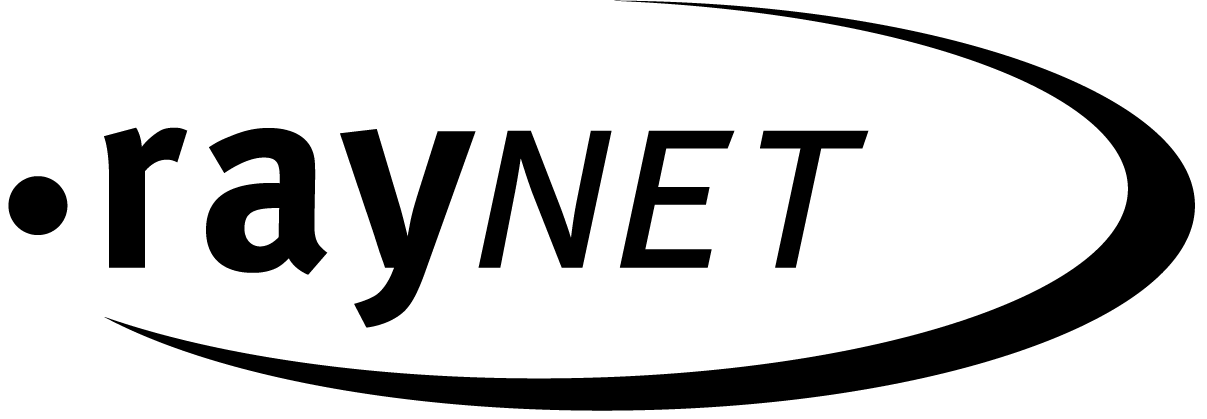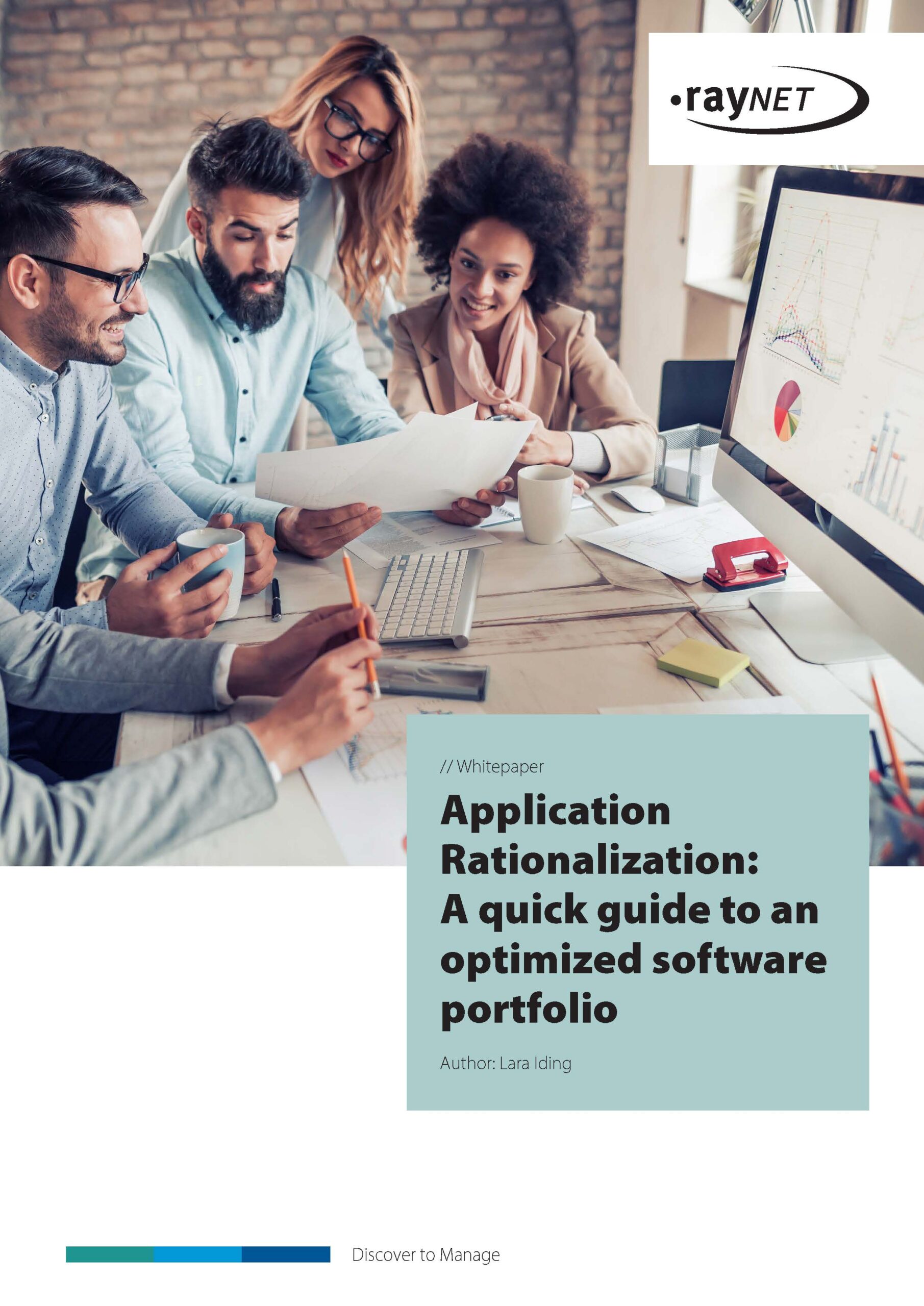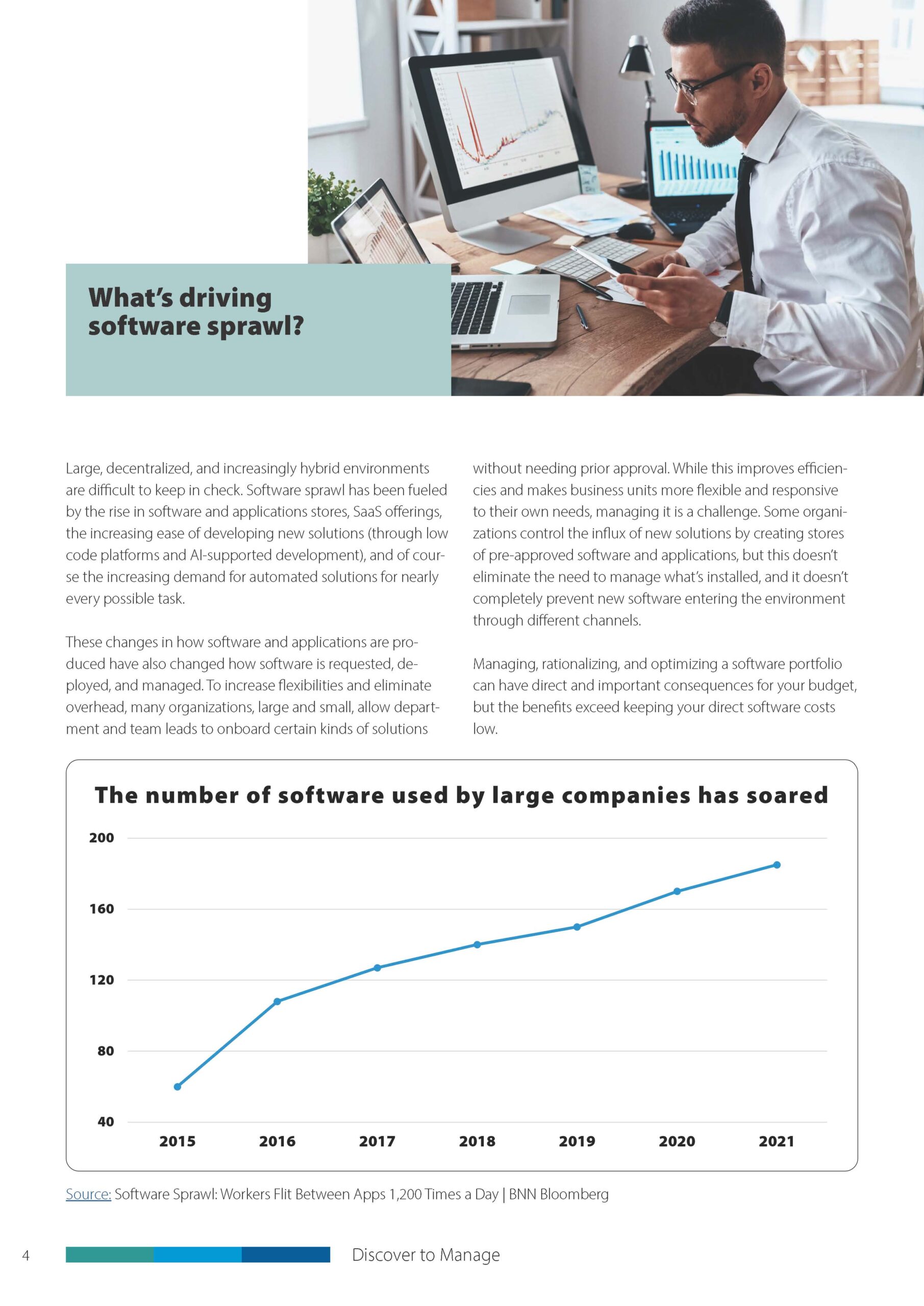How to build resilient infrastructures: ITAM and technical debt
Date: May 30th, 2023
Tech debt has earned a surprising number of headlines over the last few months. Although it’s something of an “in the weeds” technical topic, it led to some pretty catastrophic airline failures during the recent holiday travel season, earning it a brief spot above the fold on the New York Times.
But what is technical debt really, and why should an ITAM audience care let alone prioritize it?
Depending on the field you’re in, tech debt can refer to a diversity of problems. For IT asset managers, however, it means “the cost of maintaining [and] operating inefficient or outdated IT infrastructure.”
While we all want efficient IT and most of us would prefer to use cutting-edge technologies, tech debt isn’t necessarily a problem, and some organizations live quite comfortably with it. We see this most frequently with legacy and/or niche technologies. For some technologies, there isn’t always a better replacement. Organizations will choose to keep older technologies because newer ones don’t offer the same range of functionalities, don’t integrate as well or as effectively with their existing infrastructure, or because newer technologies haven’t been developed. But when they keep legacy infrastructure, they also take ownership of a range of problems and have to become vigilant in protecting and maintaining their legacy technologies while ensuring that those technologies don’t interfere with their mission.
So if some organizations choose to live with their tech debt problem, why should IT asset managers care about it? Even when acknowledged and managed, tech debt can lead to significant problems down the road. These problems can interfere with your business and in some instances even ruin a well-established and trusted brand.
Let’s look at some of the problems in detail.
Increased outages and downtime
The older a device, the likelier it is to fail. But once the device has reached its End of Life, when it’s no longer supported, its rate of failure can skyrocket. Server failure rates, for instance, can go up as much as 18% at 7 years. Planned outages cost organizations on average more than 18 hours each year.
Author:
Related links:
Share blog:
Application Rationalization: A quick guide to an optimized software portfolio
In this whitepaper, we’ll show you how to align your costs and business needs with a complete and comprehensive overview of your software portfolio:
Key topics:
- What’s driving software sprawl and how can it be prevented?
- Why is transparency over your software portfolio indispensable?
- 43% cut in applications while retaining 100% business functionality
- 6 Steps to a fitter software portfolio
Decreased user satisfaction
Both internal and external users expect your services to be reliable, and while they can tolerate unplanned outages, when outages become frequent, they can affect user satisfaction. This might cause some customers to start looking for alternative and more reliable services, and it can become a drain on internal users and IT staff, decreasing morale and prompting them to look for other opportunities.
Increased security risks
“Non-patchable attack surfaces will grow from less than 10% to more than 50% of the total exposure.” An attack surface is non-patchable usually because it has reached its End of Support or End of Life. It’s the part of your tech debt that contains the greatest risks for the security and stability of your infrastructure. With cyberattacks seeing dramatic rises in recent years – 83% or organizations have had more than one breach – infrastructure that’s too old to patch is inviting a breach.
Integration and compatibility issues
Older devices and software simply don’t integrate well with newer solutions, leading to additional outages and forcing your IT teams to find costly, time-consuming workarounds.
Increased costs
The financial effects of tech debt can usually are usually registered in down time – between $100k to $549k per hour depending on the industry – or in lost business, fees, and penalties for data breaches. According to one statistic, the average cost of a data breach in the US was $9.44m in 2022.
How can ITAM help reduce and manage technical debt?
The potential for lost revenue, data breaches, user dissatisfaction and negative consequences for your brand are significant enough that it is worth doing something about. ITAM personnel and stakeholders can do this in a number of ways.
- Identify where tech debt exists:
Getting a complete inventory of your infrastructure and then enriching the inventory with End of Life and End of Support data can give you a good idea of where tech debt exists and provide the foundation for strategic remediation and management. - Determine the impact in your org:
Not all tech debt needs to remediated, but to decide this, you first have to understand the impact the tech debt is having or could have on your organization. Benchmarking against known vulnerabilities, uptime, downtime and time spent on maintenance and support of legacy assets will guide you in deciding what tech debt to address and how. - Create a remediation plan:
a. Prioritize legacy assets that should be replaced based on age, criticality, operation costs
b. Create a roadmap that outlines your plan for replacing legacy assets
c. Research and identify replacement options
d. Develop a migration strategy to migrate from legacy systems to modern solutions
e. Create a team of appropriate stakeholders for the above (this will not succeed with just ITAM) - Take action
Making tech debt an ITAM priority can help ensure the stability and security of your infrastructure, keep costs low, and help you fulfill your promise to your customers.
How to build resilient infrastructures: ITAM and technical debt
Reading time: 4 minutes
May 30th, 2023 | Lara Iding
Tech debt has earned a surprising number of headlines over the last few months. Although it’s something of an “in the weeds” technical topic, it led to some pretty catastrophic airline failures during the recent holiday travel season, earning it a brief spot above the fold on the New York Times.
But what is technical debt really, and why should an ITAM audience care let alone prioritize it?
Depending on the field you’re in, tech debt can refer to a diversity of problems. For IT asset managers, however, it means “the cost of maintaining [and] operating inefficient or outdated IT infrastructure.”
While we all want efficient IT and most of us would prefer to use cutting-edge technologies, tech debt isn’t necessarily a problem, and some organizations live quite comfortably with it. We see this most frequently with legacy and/or niche technologies. For some technologies, there isn’t always a better replacement. Organizations will choose to keep older technologies because newer ones don’t offer the same range of functionalities, don’t integrate as well or as effectively with their existing infrastructure, or because newer technologies haven’t been developed. But when they keep legacy infrastructure, they also take ownership of a range of problems and have to become vigilant in protecting and maintaining their legacy technologies while ensuring that those technologies don’t interfere with their mission.
So if some organizations choose to live with their tech debt problem, why should IT asset managers care about it? Even when acknowledged and managed, tech debt can lead to significant problems down the road. These problems can interfere with your business and in some instances even ruin a well-established and trusted brand.
Let’s look at some of the problems in detail.
Increased outages and downtime
The older a device, the likelier it is to fail. But once the device has reached its End of Life, when it’s no longer supported, its rate of failure can skyrocket. Server failure rates, for instance, can go up as much as 18% at 7 years. Planned outages cost organizations on average more than 18 hours each year.
Application Rationalization: A quick guide to an optimized software portfolio
In this whitepaper, we’ll show you how to align your costs and business needs with a complete and comprehensive overview of your software portfolio:
Key topics:
- What’s driving software sprawl and how can it be prevented?
- Why is transparency over your software portfolio indispensable?
- 43% cut in applications while retaining 100% business functionality
- 6 Steps to a fitter software portfolio
Decreased user satisfaction
Both internal and external users expect your services to be reliable, and while they can tolerate unplanned outages, when outages become frequent, they can affect user satisfaction. This might cause some customers to start looking for alternative and more reliable services, and it can become a drain on internal users and IT staff, decreasing morale and prompting them to look for other opportunities.
Increased security risks
“Non-patchable attack surfaces will grow from less than 10% to more than 50% of the total exposure.” An attack surface is non-patchable usually because it has reached its End of Support or End of Life. It’s the part of your tech debt that contains the greatest risks for the security and stability of your infrastructure. With cyberattacks seeing dramatic rises in recent years – 83% or organizations have had more than one breach – infrastructure that’s too old to patch is inviting a breach.
Integration and compatibility issues
Older devices and software simply don’t integrate well with newer solutions, leading to additional outages and forcing your IT teams to find costly, time-consuming workarounds.
Increased costs
The financial effects of tech debt can usually are usually registered in down time – between $100k to $549k per hour depending on the industry – or in lost business, fees, and penalties for data breaches. According to one statistic, the average cost of a data breach in the US was $9.44m in 2022.
How can ITAM help reduce and manage technical debt?
The potential for lost revenue, data breaches, user dissatisfaction and negative consequences for your brand are significant enough that it is worth doing something about. ITAM personnel and stakeholders can do this in a number of ways.
- Identify where tech debt exists:
Getting a complete inventory of your infrastructure and then enriching the inventory with End of Life and End of Support data can give you a good idea of where tech debt exists and provide the foundation for strategic remediation and management. - Determine the impact in your org:
Not all tech debt needs to remediated, but to decide this, you first have to understand the impact the tech debt is having or could have on your organization. Benchmarking against known vulnerabilities, uptime, downtime and time spent on maintenance and support of legacy assets will guide you in deciding what tech debt to address and how. - Create a remediation plan:
a. Prioritize legacy assets that should be replaced based on age, criticality, operation costs
b. Create a roadmap that outlines your plan for replacing legacy assets
c. Research and identify replacement options
d. Develop a migration strategy to migrate from legacy systems to modern solutions
e. Create a team of appropriate stakeholders for the above (this will not succeed with just ITAM) - Take action
Making tech debt an ITAM priority can help ensure the stability and security of your infrastructure, keep costs low, and help you fulfill your promise to your customers.
Share this blog post:




